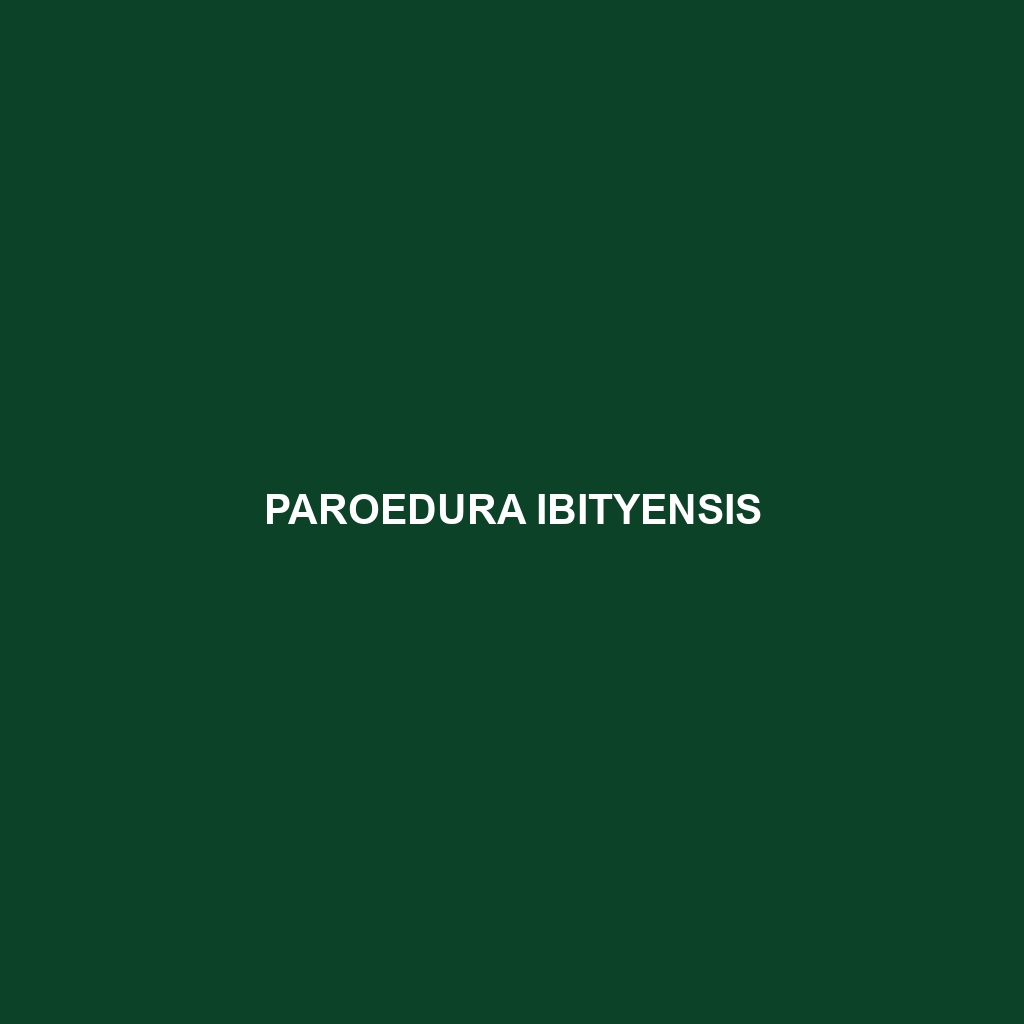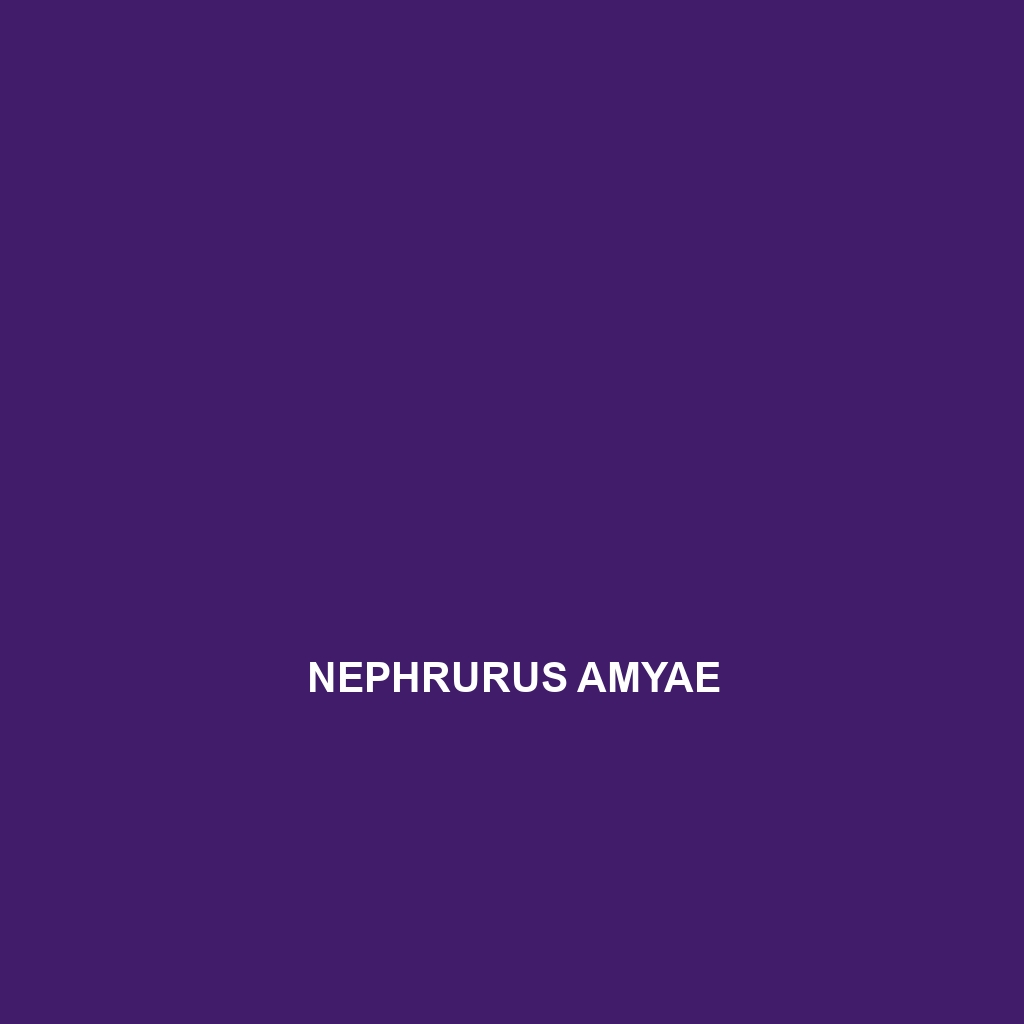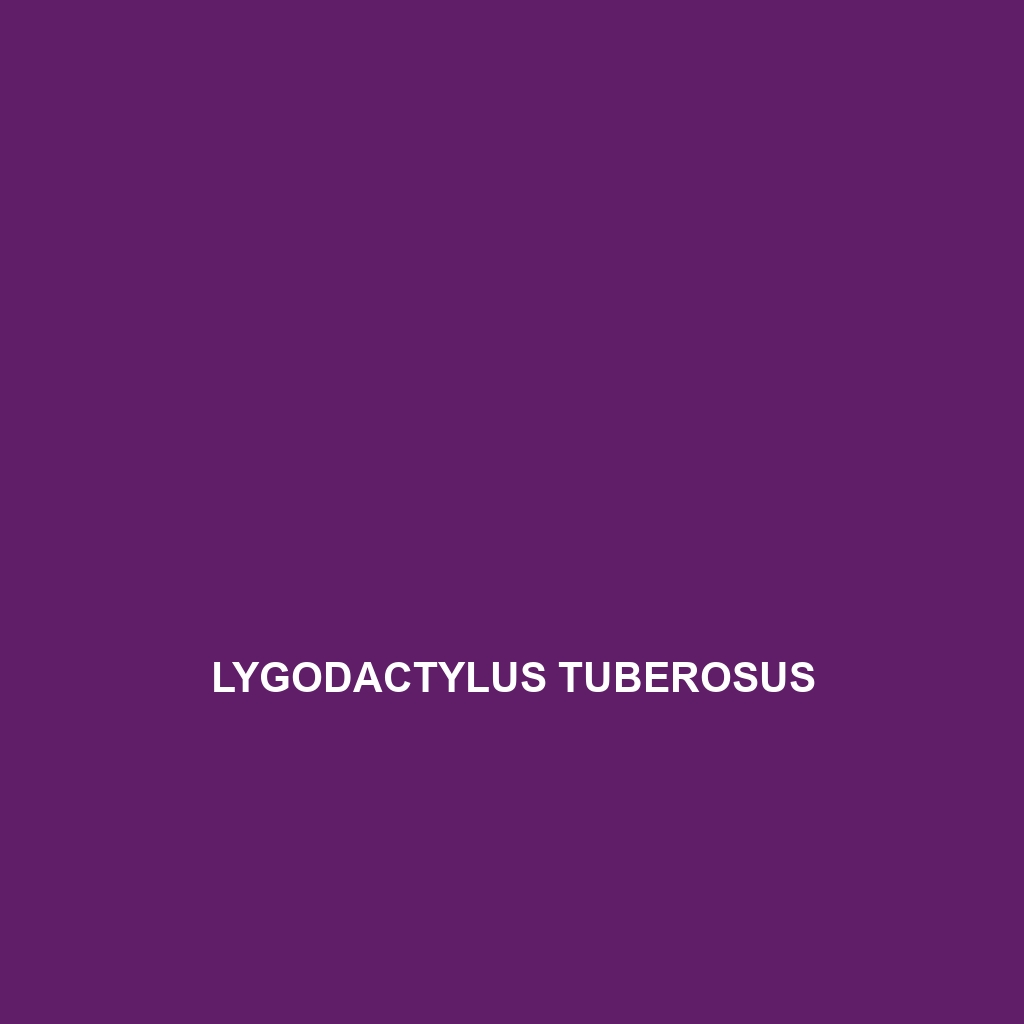Discover the stunning Ibity Leaf-Tailed Gecko (Paroedura ibityensis), a nocturnal insectivore native to the unique dry forests and mountainous regions of Madagascar. With its exceptional camouflage and remarkable tail regeneration, this vulnerable species plays a crucial role in maintaining the ecological balance of its habitat.
Tag: environmental impact on geckos
Paniegekko madjo
<p><b>Paniegekko madjo</b> is a medium-sized gecko, measuring 15 to 25 cm, known for its vibrant coloration and remarkable adaptability in the tropical rainforests of Southeast Asia. This nocturnal insectivore plays a critical role in regulating insect populations and is currently classified as vulnerable due to habitat loss.</p>
Nephrurus amyae
<p>Discover the <b>Amy's knob-tail gecko (<i>Nephrurus amyae</i>)</b>, a unique nocturnal lizard native to Australia’s arid regions, characterized by its distinctive knob-like tail and vibrant coloration. This insectivorous gecko thrives in sandy habitats, skillfully blending into its surroundings while playing a vital role in maintaining ecosystem balance.</p>
Lygodactylus tuberosus
Lygodactylus tuberosus, or the tuberculated dwarf gecko, is a small, nocturnal gecko found in the rainforests and savannas of East Africa, known for its distinctive tuberculate skin texture and vibrant coloration. This resilient insectivorous species plays a vital role in its ecosystem, aiding in insect population control while displaying unique behaviors like territorial displays and elaborate courtship rituals.
Gekko reevesii
<p><b>Gekko reevesii</b>, commonly known as Reeves's gecko, is a medium-sized, nocturnal species native to Southeast Asia, characterized by its slender body, large eyes, and ability to camouflage with its grayish-green to brown coloration. This insectivorous gecko thrives in humid, vegetative habitats and plays a vital role in the ecosystem by controlling insect populations and serving as prey for larger animals.</p>




